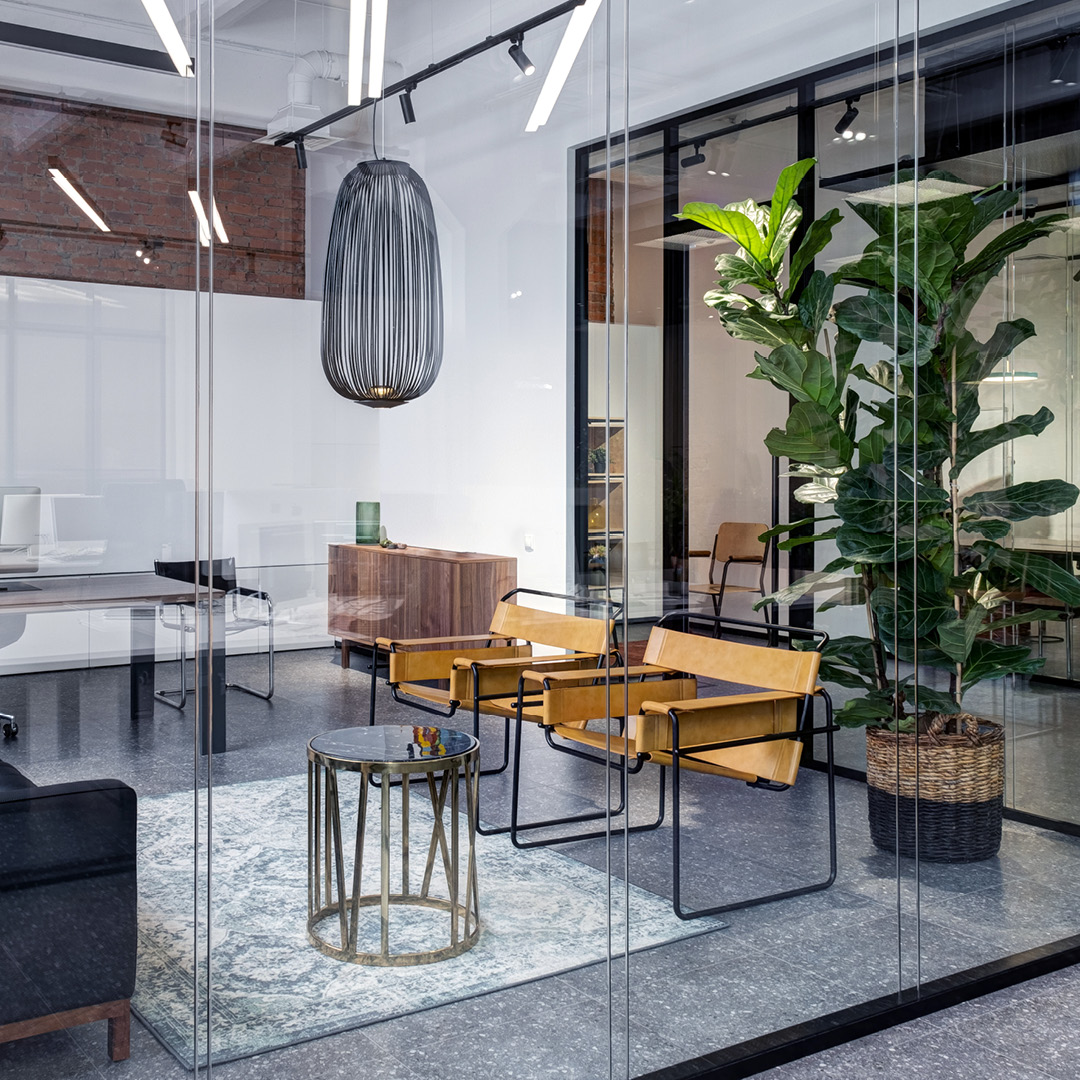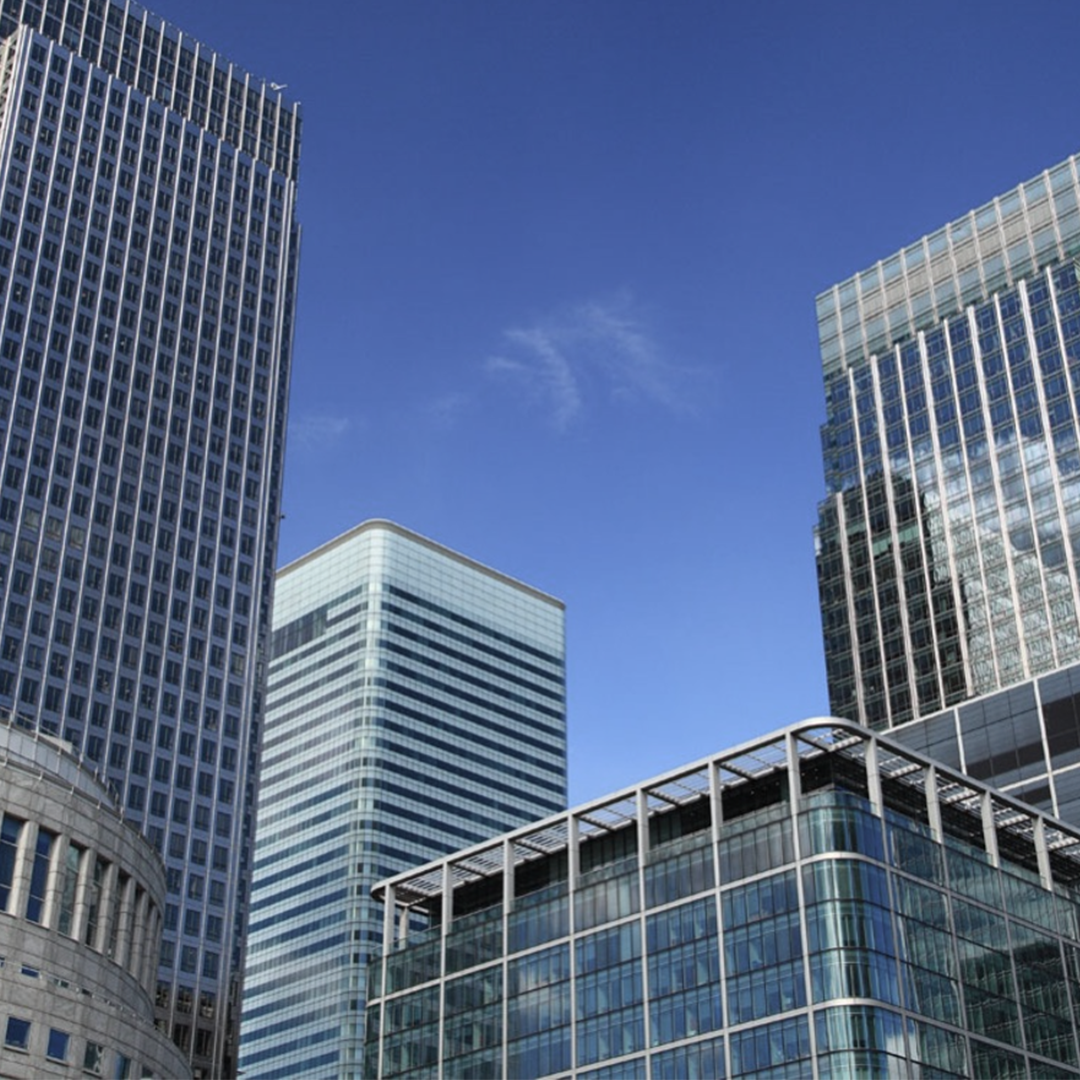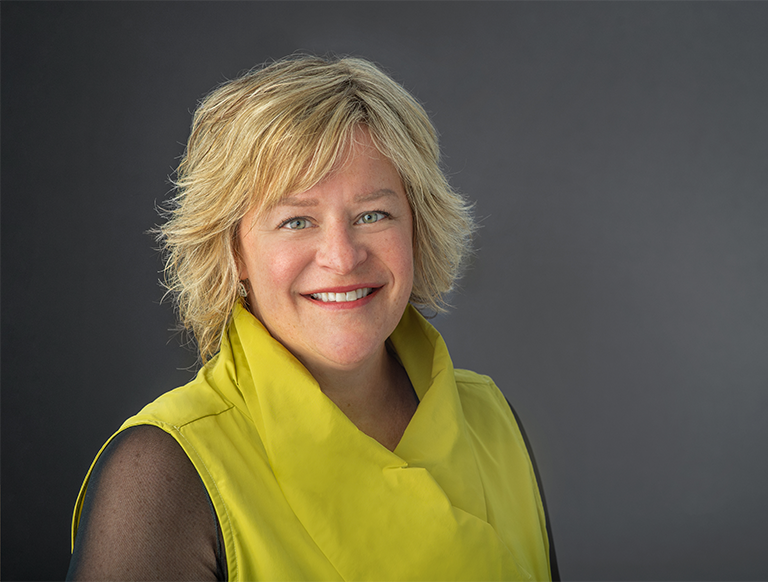Adaptive Spaces
U.S./Canada Law Firm Fit-Out Cost Guide 2024
Dissecting Costs to Build and Outfit Law Offices in 22 Major U.S. and Canadian Markets
May 13, 2024 21 Minute Read
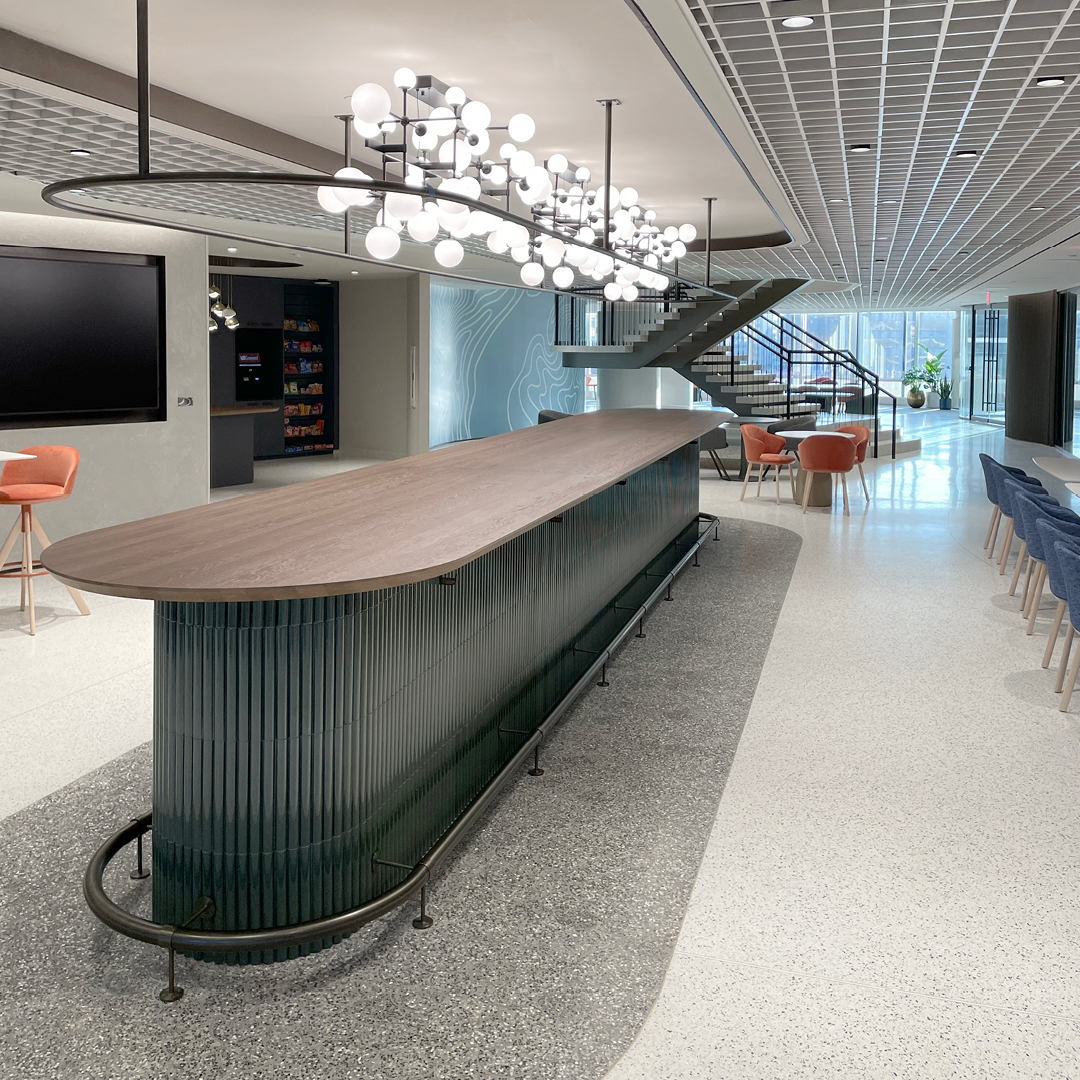
Looking for a PDF of this content?
Introduction
Workplace space efficiency and effectiveness trends are driving a redistribution of office fit-out costs for law firms. A greater percentage of the project budget is being allocated to improving the quality of space, amenities, social spaces and AV/IT technology.
Total office fit-out budgets are largely unchanged because certain trends lower costs while others increase them. Items helping to lower costs include increased technology adoption, which reduces administrative headcount and workstations, and space standards that decrease overall office size. Conversely, costs increase due to more use of glass, higher quality materials and finishes as well as a proliferation of social spaces like cafes, collaboration areas and conference rooms.
Lead times to procure office products have shortened, though certain items remain challenging to acquire. Construction cost escalation has begun to decline but remains above historic levels due to the continued strength of the U.S. economy. This report benchmarks data points—such as high-, mid- and low-level capex estimates—and compares office fit-out costs for a range of U.S. and Canadian markets.
Lead times to procure office products have shortened, though certain items remain challenging to acquire. Construction cost escalation has begun to decline but remains above historic levels due to the continued strength of the U.S. economy.
Workplace Trends
In 2023, law firms focused on adapting to new hybrid work policies that require a balance between privacy and socialization, while being flexible and fostering collaboration and productivity. The office should be a place where professionals want to spend their time.
A flight-to-quality trend remains a significant factor for law firms. Occupiers are looking to invest in higher-quality space, even while optimizing their portfolios. A smaller, more efficient footprint in a superior building can be a better financial outcome.
The primary driver of flight-to-quality is talent acquisition and retention. According to CBRE Global Workplace Solution’s Law Firm Benchmarking Survey Results 2024, 75% of law firm leaders believe professional development is weaker when employees work remotely, and 89% feel social opportunities are reduced.
Law firm leaders are emphasizing increased social programming and service offerings to entice employees to the office. The physical characteristics of the office space, including the quality of tenant fit-out, amenities and the quality of the building and neighborhood, play a significant role.
Currently, many firms are focusing on incorporating design flexibility into their space and standardizing the size of their offices. Design flexibility is increasingly yielding multipurpose collaboration and community spaces. Having the same sized offices in each location makes it easier to manage growth and provide comparable accommodations for lawyers and staff as they receive promotions. The benchmarking survey revealed that 67% of AM Law 200 firms have established a universal office size and another 23% are considering it. The percentages were 40% and 26%, respectively, for non-AM Law firms.
Survey results also demonstrated that 33% of AM Law 200 firms have desk-sharing arrangements for attorneys and 40% are considering them.1 Also, 43% have desk-sharing policies for other professional staff and 37% are considering it. While many law firms still embrace private offices and one-person-per-space policies, new workplace trends are emerging. These include:
- Promoting the office as the primary venue for in-person activities, such as mentoring, professional development and networking.
- Utilizing occupancy management technology to gain dynamic centralized space data that informs portfolio optimizations.
- Decisions traditionally reserved for partners, particularly regarding the office’s purposes, being made by the next generation of attorneys and professionals.
- Increasing focus on wellness and diversity programs for all employees, to foster inclusion.
- Embracing digital transformation by using technology to streamline processes, facilitate productive and secure remote work, and support on-site and off-site collaboration due to hybrid work.
1 Scope of this implementation varies widely across respondents–from small, targeted programs to large practice groups or departments.
Law firm leaders are emphasizing increased social programming and service offerings to entice employees to the office. The physical characteristics of the office space, including the quality of tenant fit-out, amenities and the quality of the building and neighborhood, play a significant role.
Methodology
CBRE studied 22 markets across the U.S. and Canada to determine how much law firms typically spend for high-end space fit-outs. The following cities provide a representative spectrum of costs across the U.S. and Canada:
- Atlanta
- Austin
- Boston
- Charlotte
- Chicago
- Dallas
- Denver
- Detroit
- Houston
- Las Vegas
- Los Angeles
- Miami/South Florida
- Minneapolis
- Montreal
- New York
- Philadelphia
- Phoenix
- Seattle
- San Francisco
- Toronto
- Vancouver
- Washington, DC
This analysis comprises a range of potential costs, with varying specification levels set for features such as space program, design layout, lighting, ceilings, glass-fronts, architectural woodwork, MEP systems, furniture, technology, security and soft costs. This report expresses these costs in a range to provide better understanding of how individual law firms compare in the industry.
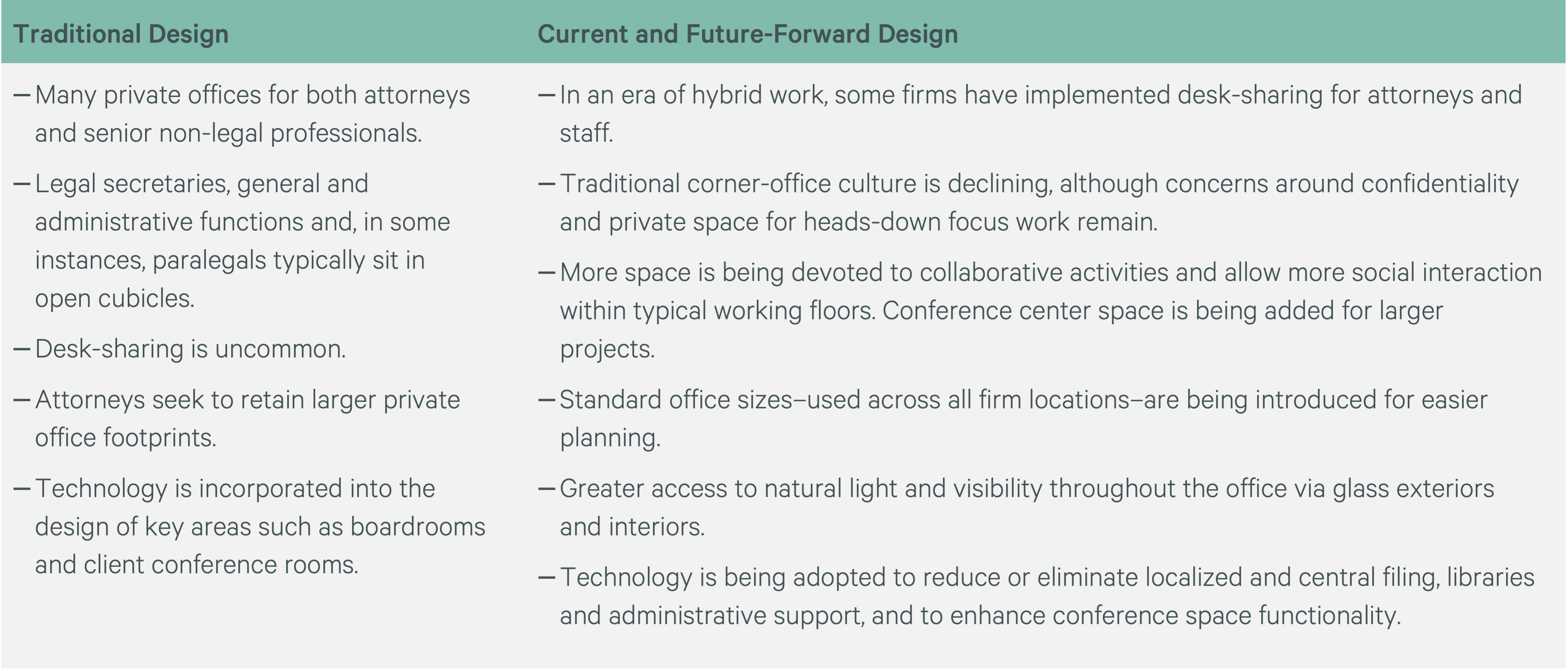
Test Fit Comparison
Traditional Design
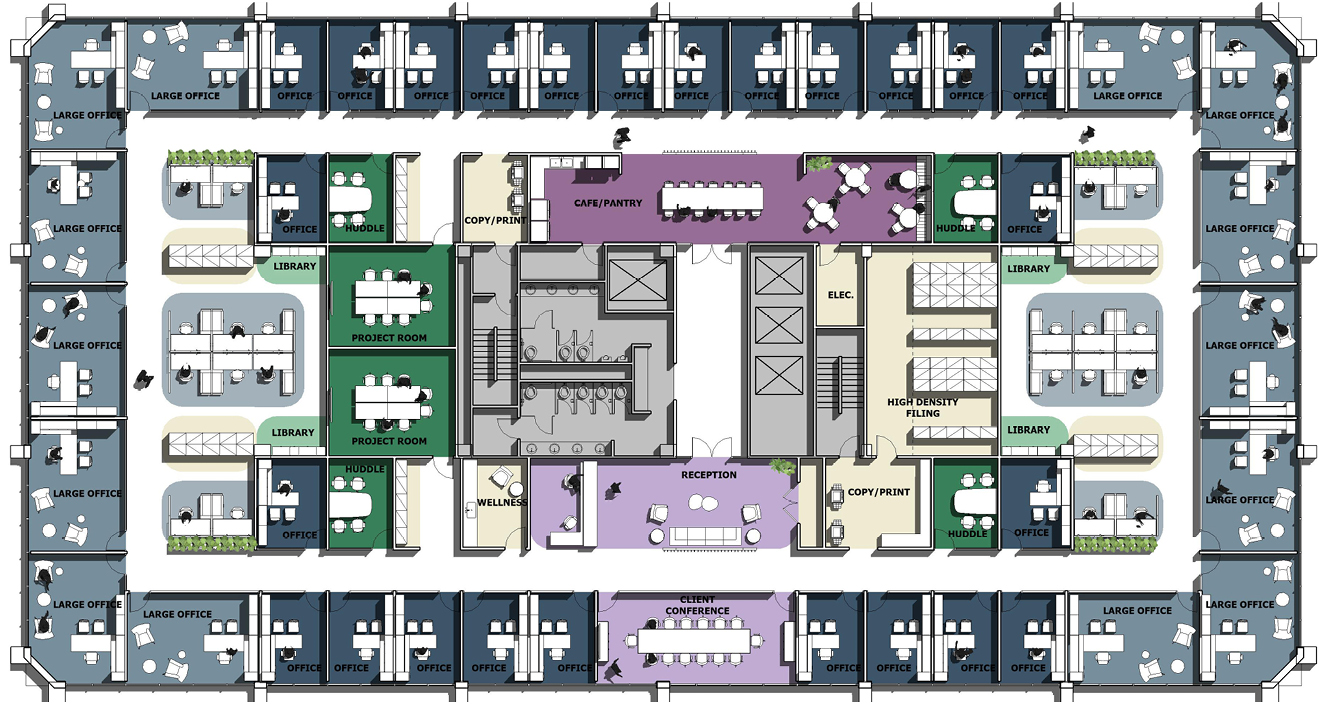
This plan represents a typical practice floor for a multi-floor firm:
- Two office sizes for partners and associates
- Limited conference space
- Interior workstations
Current & Future-Forward Design
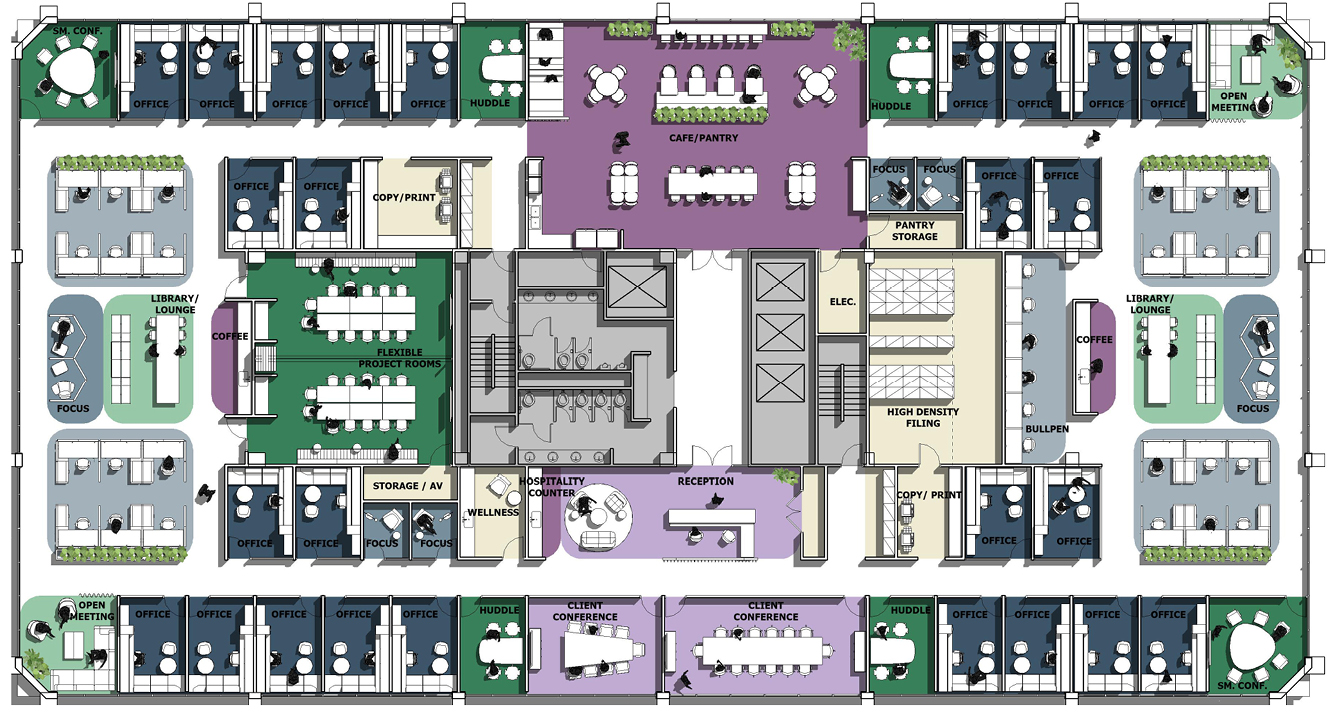
This plan represents a typical practice floor for a multi-floor firm:
- Universal office sizes
- Focus rooms can be used as shared hoteling spaces
- Increase in conference space, especially in corner spaces
- Workstations with access to natural light
- Increase in amenity spaces for clients and employees
Cost Breakdown
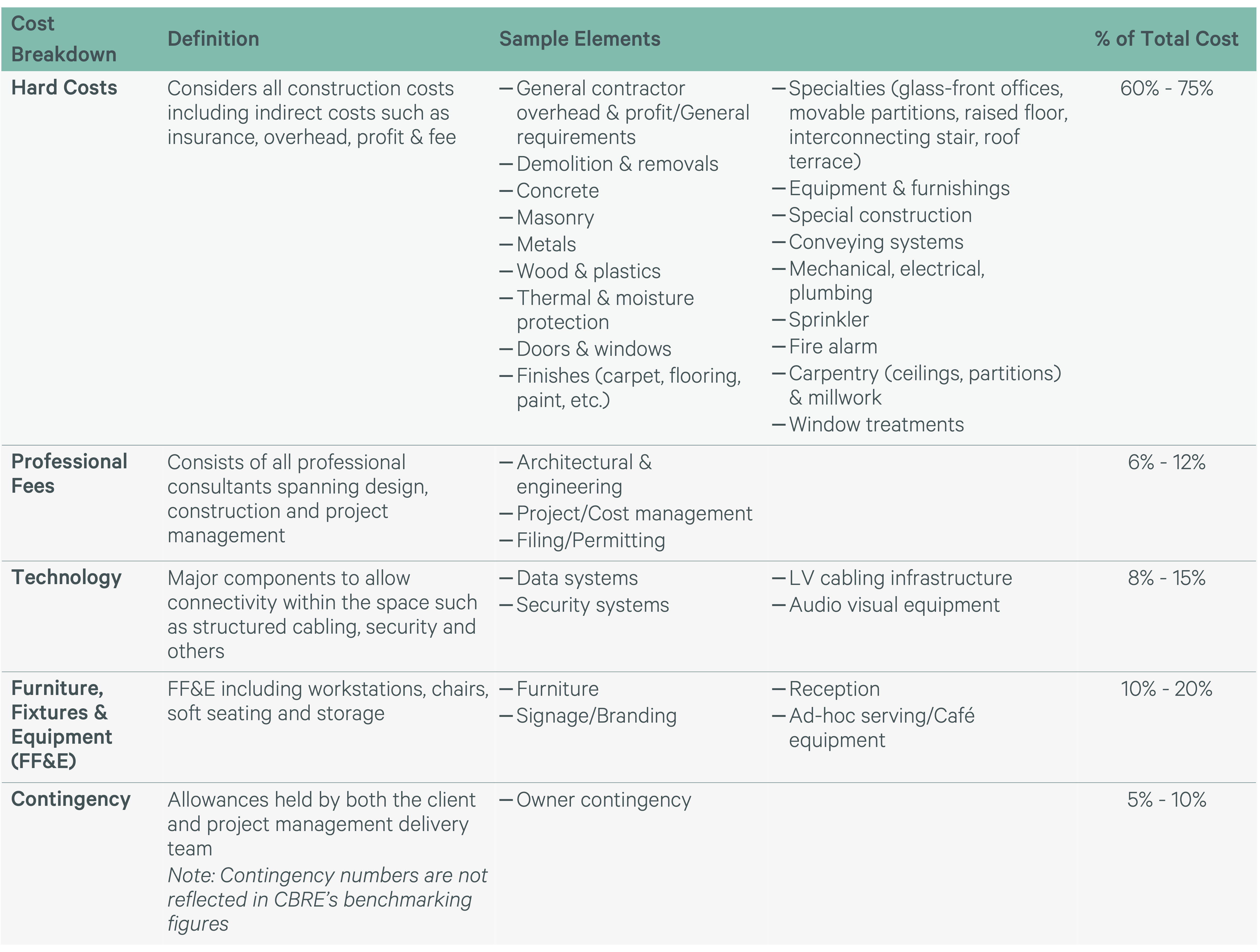
Cost Breakdown Data and Graphs
Breakdown chart demonstrates the spend for each city within the specified cost categories for a low-high range (construction, professional fees, FF&E, technology). Each city demonstrates the range of total project costs for law firms.
Figure 1: Total Cost Breakdown
Related Services
- Industries
Law Firms
Develop real estate and business strategies for your law firm using our comprehensive, proprietary market research and decades of experience advising ...
- Design & Build
Cost Advisory
We empower clients to plan and control spending, estimate project costs, manage risk, eliminate waste, and identify tax and procurement process savings.
- Design & Build
Project & Program Management
Deliver projects seamlessly with an integrated team that manages everything from schedules and budgets to the entire construction process.
- Design & Build
Design
Create intentional spaces that fit your vision, brand and culture—and deepen connections between people and the built environment.
